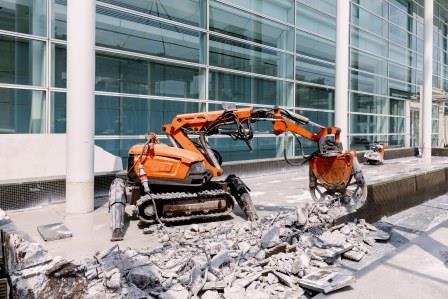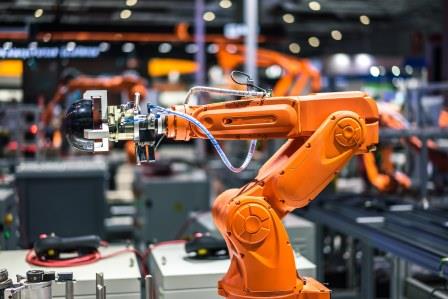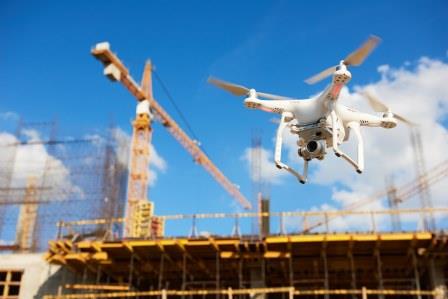

Printable PDF version
Subscribe to our newsletter
What’s Next?
Robots in Construction
The Greening of Concrete
Construction
Management Specialists
111 Pine Street, Suite 1315
San Francisco, CA 94111
(415) 981-9430 (San Francisco office)
93 Moraga Way, Suite 206
Orinda, CA 94563
(415) 981-9430 (Orinda office)
6518 Lonetree Blvd., Suite 164
Rocklin, CA 95765
(916) 742-1770 (Sacramento office)
4655 Cass Street, Suite 214
San Diego, CA 92109
(858) 886-7373 (San Diego office)
8538 173rd Avenue NE
Redmond, WA 98052
(206) 571-0128 (Seattle office)
2063 Grant Road
Los Altos, CA 94024
(650) 386-1728 (South Bay office)
WeWork: Pacific Design Center – Red Building
750 N San Vicente Blvd., Ste 800 West
Los Angeles, CA 90069
(424) 343-2652 (Los Angeles, CA office)
1a Zoe House, Church Road, Greystones
Wicklow, A63 WK40, Ireland
+353 86-600-1352 (Europe office)
www.TBDconsultants.com
As Covid declines but war ravages Ukraine and further disrupts supply chains, we try to get some idea of what this means for the construction market.
Staff shortages have been an issue affecting contractors for a long time, and robotics has been seen as a possible solution. Robots would have a number of advantages over human workers. For instance, being computer-controlled they can directly read from the BIM model, they can be very precise in their work, and they can work almost continuously, with downtime only required when maintenance is needed or when they have to move to another location.
Robots have been used in industry to assemble automobiles and a multitude of products, but construction has a lot of other problems, such as constantly changing conditions, people and equipment moving around the site all the time, changing weather conditions, and jobs that are often non-repetitive. However, these are all issues that are being worked on and solutions are being found and improved on.

Automated excavators and delivery vehicles are already in use but, as with self-driving cars, we know the technology is not perfect yet. A self-driving taxi got confused by road cones and stopped in the middle of the road, blocking traffic, but there’s always teething problems. Drivers have been known to get confused too, and as chaotic as a construction site can be, it probably doesn’t get as bad as some road conditions. Negotiating a construction site isn’t just moving around at ground level but can also involve the robot needing to be able to locate and use construction elevators. Connecting to elevator controls via Wi-Fi is already being used. Ladders would be a more serious problem, but someone is almost certainly working on that. There are already robots that can handle stairs, but working in construction regularly requires adaptability, and humans are still better at that than most robots are.
We now have robots that can handle welding, concrete laying, and brick laying, but many of these are really only at the prototype stage and not ready for general use yet. There are questions about their adaptability for unusual and special conditions, such as with brick laying robots where cables have to be embedded in the wall. Those robots are ideal for building simple and repetitive walls, although there are now brick laying robots that can produce intricate designs in the brickwork as well. Robots have also been used for demolition work, enabling workers to avoid some of the more dangerous situations.
Other specialist robots are also being developed, but the “specialist” nature of them makes them less economical, since a contractor would need to purchase and maintain a range of different robots for various tasks.
With the increased use of modular buildings, where major portions of the building are fabricated in factory conditions, robots can really come into their own. Even when the units being produced are not identical, the robotic fabrication process can be programmed to handle the differences and turn out consistent quality units in a production-line fashion. A measure of intelligence might even be built into the modular units to enable them to carry out at least some level of self-assembly.

The use of 3-D printing to produce structures is also now practical, and the technique has been used for such things as emergency shelters. As the technology is developed, no doubt it will become useful for more sophisticated structures. 3-D printing technologies and prefabrication results in less waste and better utilization of resources which improves the sustainability rating of a building.
The robots do not necessarily need to work autonomously. Remotely piloted drones and vehicles have been used for exterior painting and to place materials and equipment in places that could be awkward for workers to access, and are being used for carrying out inspections, especially in cramped or dangerous locations. Drones are also being used to provide site monitoring and to identify potential safety issues and safeguard workers’ health.

We might even have human-robot hybrids. Exoskeletons worn by workers can increase a person’s abilities and be used for situations where great strength and careful placing of heavy equipment is needed. Robots can also assist the manual workforce. For instance, cargo robots can be used to assist tradespeople by accompanying them while transporting needed materials and equipment.
Although it may not be considered strictly robotic, much of the administrative work involved with design and construction is being automated, as is some actual design work such as structural analysis and design, with the computer taking on the repetitive tasks.
As the robotic technologies develop, and people experiment with their uses, we will be seeing much more automation of construction related work. Yes, this will reduce staff, but they are already hard to come by, and we are seeing that people are less willing to engage in many such manual jobs. The use of robots will also create jobs that might appeal more to the upcoming generations because robots will need control engineers, maintenance and repair technicians, and computer programmers. The use of robots should lead to more productivity, as we have seen in industry, and that should result in an increased standard of living for all of us. Unless artificial intelligence gets too smart, and they begin questioning why they are working their little gears off for us.

Concrete has been identified as serious contributor to greenhouse gasses, and here we look at how its impact on the environment can be improved.
Design consultant: Katie Levine of Vallance, Inc.